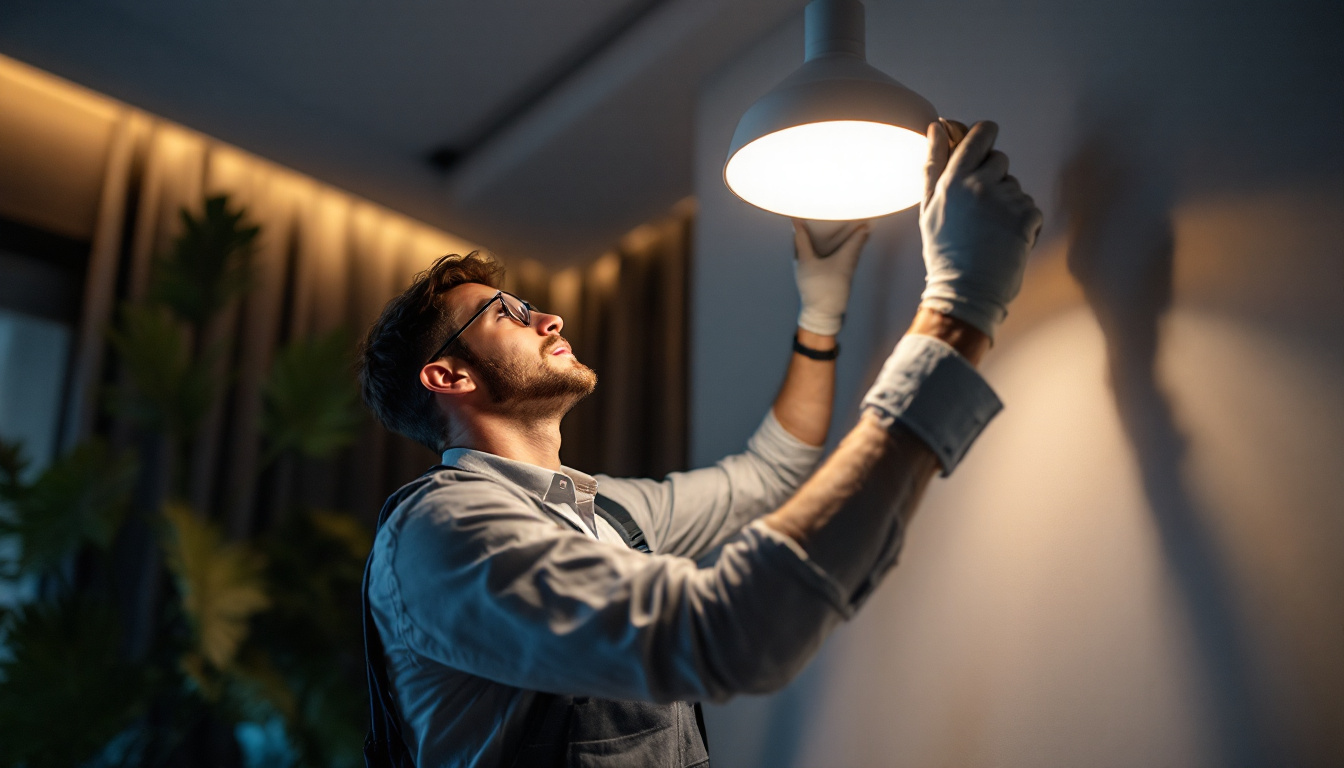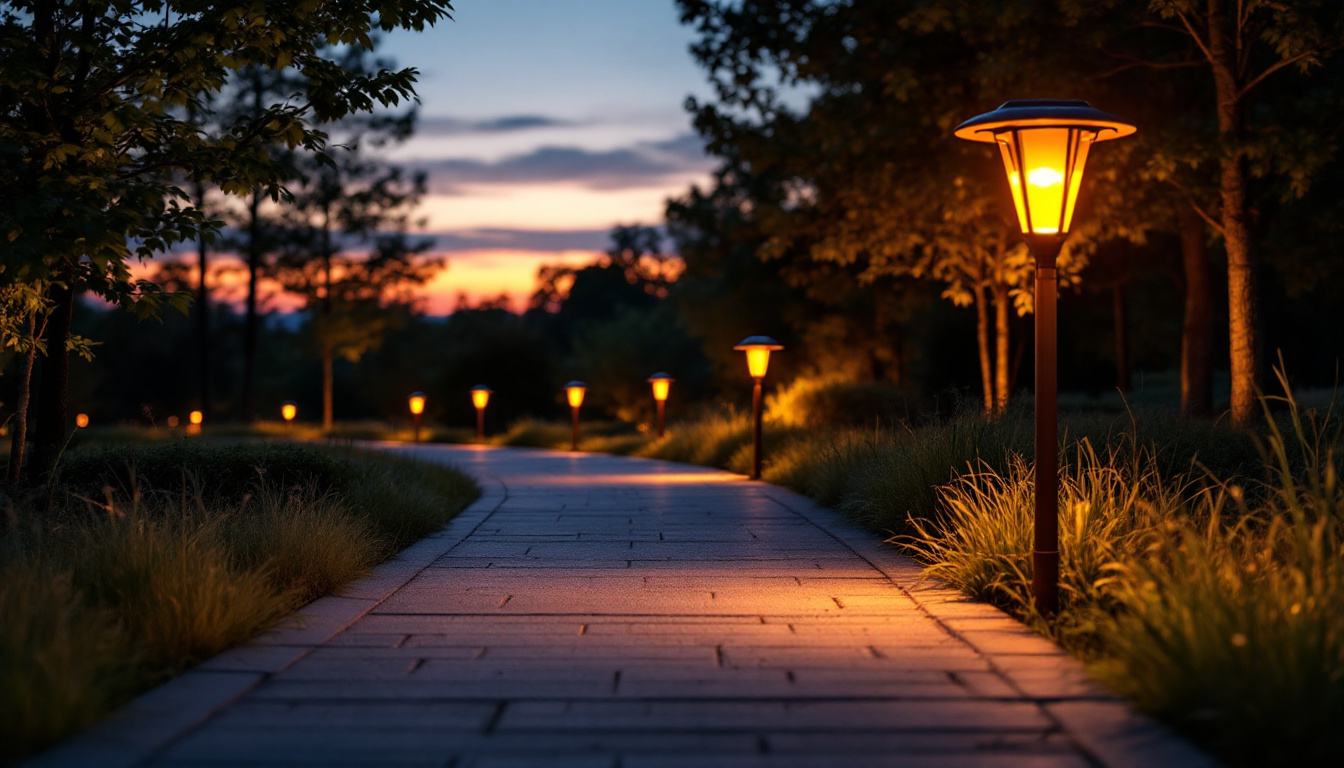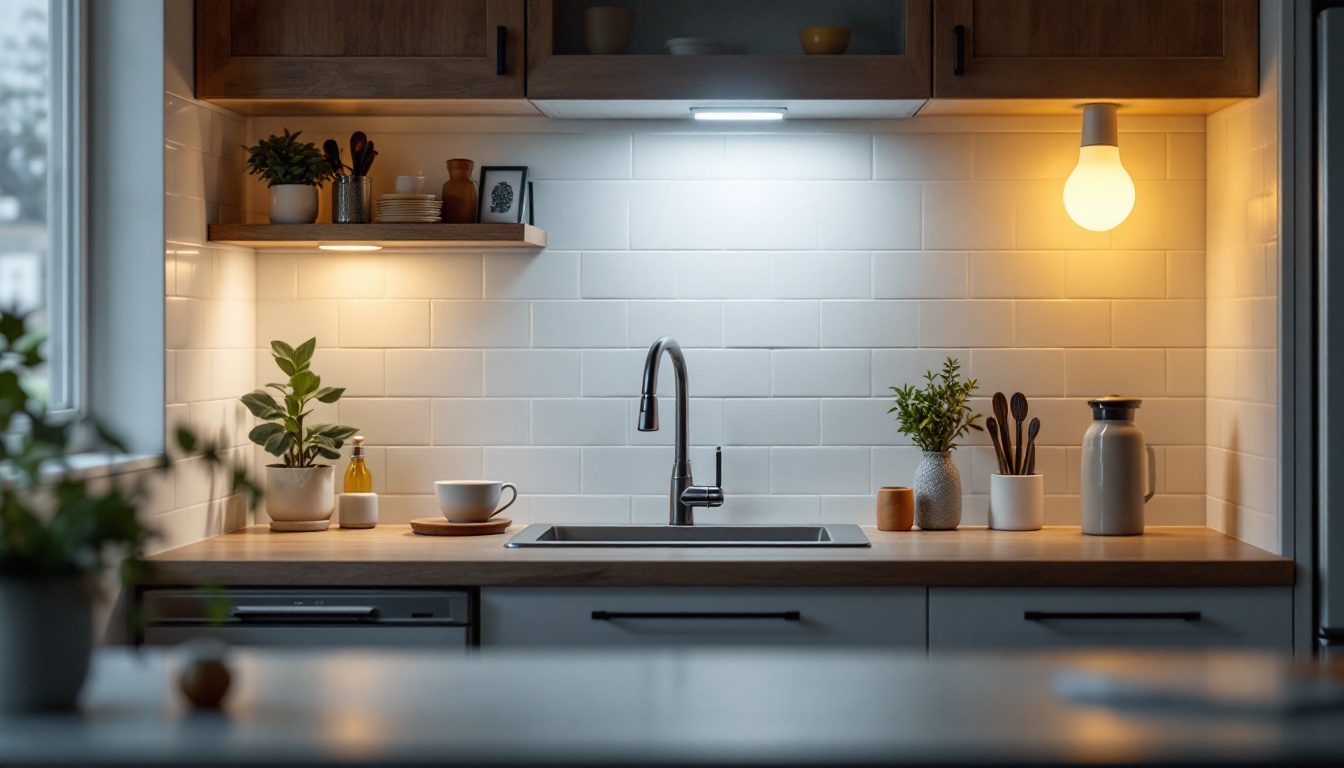
Lighting plays a crucial role in enhancing the aesthetic appeal and functionality of any space. Among various lighting options available, upward lighting lamps have gained significant popularity among contractors and designers alike. However, like any other lighting solution, they come with their own set of best practices and pitfalls. This article aims to provide a comprehensive guide on the do’s and don’ts of using upward lighting lamps, tailored specifically for lighting contractors.
Upward lighting lamps, also known as uplights, are designed to direct light upwards, creating a soft glow that enhances architectural features and adds depth to a space. These lamps are often used in both indoor and outdoor settings, making them versatile tools for lighting contractors. The gentle illumination produced by uplights can transform a mundane area into a captivating environment, setting the mood for various activities, from casual gatherings to formal events.
By casting light towards the ceiling, these fixtures can create an illusion of height and space, making them ideal for areas with low ceilings or compact dimensions. Additionally, upward lighting can highlight artwork, plants, or other focal points, adding an element of sophistication to the overall design. This technique not only draws the eye upward but also softens shadows, contributing to a more inviting atmosphere. The interplay of light and shadow can evoke different emotions and enhance the overall aesthetic of a room, making it a popular choice among interior designers.
There are several types of upward lighting lamps available, each serving different purposes and aesthetics. Some common varieties include:
In addition to these common types, there are also specialized uplights designed for specific applications. For instance, outdoor uplights are often weather-resistant and can be used to illuminate trees, sculptures, or building facades, creating a stunning nighttime landscape. Moreover, smart uplights equipped with LED technology can be programmed to change colors or adjust brightness, allowing users to customize their lighting experience based on mood or occasion. This adaptability makes upward lighting not just functional but also a key element in modern design, where personalization and ambiance are paramount.
Implementing upward lighting effectively requires a thoughtful approach. Here are some essential do’s for lighting contractors to consider:
Before selecting upward lighting lamps, it is essential to assess the space where they will be installed. Factors such as ceiling height, wall color, and existing decor can significantly influence the effectiveness of the lighting. In spaces with high ceilings, for instance, uplighting can create an expansive feel, while in smaller rooms, it can help to draw the eye upwards, making the area feel larger.
Additionally, consider the function of the space. For example, in a living room, softer uplighting may create a cozy atmosphere, whereas in a workspace, brighter, more focused uplighting may be necessary to enhance visibility. It’s also important to take into account the architectural features of the space. For instance, if there are interesting textures or artwork on the walls, strategically placed uplights can highlight these elements, adding depth and character to the room. The interplay of light and shadow can also enhance the overall aesthetic, making the space feel more dynamic and inviting.
Incorporating dimmers into the lighting design is a smart move. Dimmers allow for flexibility in lighting levels, enabling users to adjust the brightness according to their needs and preferences. This is especially beneficial in multi-functional spaces where the lighting requirements may change throughout the day.
Moreover, dimmers can help to enhance the ambiance. By lowering the light intensity, contractors can create a more intimate setting for gatherings or relaxation, while brighter settings can be used for activities requiring more focus. The ability to control lighting also contributes to energy efficiency, as it allows users to reduce power consumption when full brightness is unnecessary. In addition, consider integrating smart dimmers that can be controlled via mobile apps or voice commands, providing an added layer of convenience and modernity to the lighting setup.
The quality of light emitted from upward lighting lamps is crucial for achieving the desired effect. Lighting contractors should opt for lamps that provide a warm color temperature, as this tends to create a more inviting atmosphere. Additionally, consider the Color Rendering Index (CRI) of the bulbs; a higher CRI means that colors will appear more vibrant and true to life.
Using LED bulbs is often recommended due to their energy efficiency, longevity, and lower heat output. However, it’s essential to choose LED options that mimic the warm glow of traditional incandescent bulbs to maintain a cozy ambiance. Furthermore, the beam angle of the bulbs should not be overlooked; a wider beam angle can create a softer wash of light that enhances the overall feel of the room, while a narrower beam can be used to create dramatic focal points. By carefully selecting the right combination of light quality and beam angle, contractors can achieve a harmonious balance that elevates the space to new heights.
While there are many effective strategies for using upward lighting lamps, there are also common mistakes that lighting contractors should avoid. Here are some critical don’ts:
One of the most common pitfalls in lighting design is over-illumination. While upward lighting can create a stunning effect, too much light can lead to glare and an overwhelming atmosphere. It is essential to strike a balance between sufficient illumination and maintaining a comfortable environment.
When designing a lighting layout, consider the overall brightness of the space and how the uplighting will interact with other light sources. A well-thought-out combination of uplighting and other lighting types can create a harmonious blend without overwhelming the senses.
The placement of upward lighting lamps is critical to achieving the desired effect. Poorly positioned lamps can create unwanted shadows or fail to highlight the intended features of a space. It’s essential to plan the layout carefully, considering factors such as the height of the lamps and the angle of the light.
In outdoor settings, for example, uplights should be strategically placed to illuminate pathways, trees, or architectural features without causing light pollution or disturbing neighboring properties. Always test placements before finalizing the installation to ensure the best results.
Upward lighting lamps, like any other lighting fixture, require regular maintenance to ensure optimal performance. Dust and debris can accumulate on the fixtures, diminishing their effectiveness and altering the quality of light. Lighting contractors should advise clients on the importance of routine cleaning and maintenance.
Additionally, it’s important to regularly check the bulbs and replace them as needed. This not only ensures consistent lighting quality but also contributes to the longevity of the fixtures themselves.
Upward lighting lamps can be used in various creative ways to enhance different environments. Here are some innovative applications that lighting contractors can consider:
One of the most effective uses of upward lighting is to accentuate architectural features such as columns, arches, or textured walls. By directing light upwards, contractors can create dramatic shadows and highlights that add depth and interest to the space.
In commercial settings, such as restaurants or hotels, this technique can be particularly effective in creating a memorable ambiance that draws customers in. In residential spaces, it can enhance the beauty of a home’s design, making it feel more inviting and luxurious.
Outdoor spaces can benefit significantly from upward lighting. By illuminating trees, sculptures, or architectural elements, contractors can create a magical atmosphere that extends the usability of outdoor areas into the evening hours.
Consider using uplights in gardens or patios to highlight landscaping features. This not only enhances the aesthetic appeal but also increases safety by illuminating pathways and potential hazards.
In hospitality venues, such as bars and restaurants, the right lighting can significantly influence the mood and experience of guests. Upward lighting can be used to create intimate settings, drawing attention to specific areas while maintaining a warm and inviting atmosphere.
By combining uplighting with other lighting techniques, such as pendant or wall sconces, contractors can craft a layered lighting design that enhances the overall dining experience, encouraging guests to linger longer.
Upward lighting lamps offer a unique way to enhance both indoor and outdoor spaces, providing versatility and creativity for lighting contractors. By adhering to the do’s and don’ts outlined in this article, contractors can ensure that their lighting designs not only meet functional needs but also elevate the aesthetic appeal of the spaces they illuminate.
Whether highlighting architectural features, creating ambiance in hospitality venues, or enhancing outdoor areas, the thoughtful application of upward lighting can transform environments and leave a lasting impression. As lighting technology continues to evolve, staying informed about the latest trends and best practices will empower contractors to deliver exceptional results for their clients.
Ready to elevate your lighting projects with the best upward lighting lamps on the market? Look no further than LumenWholesale, where we provide lighting contractors with high-quality, specification-grade lighting solutions at unbeatable wholesale prices. Our extensive selection is designed to meet the highest industry standards, ensuring you deliver reliable and high-performance lighting for every project. Plus, with free shipping on bulk orders, you can enjoy premium lighting at the best value — without any hidden fees or compromises. Don’t miss out on the perfect blend of quality, affordability, and convenience. Wholesale Lighting at the Best Value is just a click away!

Discover how backlight panel LEDs are revolutionizing lighting contractors’ projects by enhancing efficiency, reducing costs, and offering versatile design options.

Discover the essential checklist for lighting contractors installing solar-powered walkway lights.

Discover the pivotal role automatic lighting systems play for contractors in enhancing efficiency, safety, and sustainability.

Discover the ultimate guide to selecting the perfect under cabinet light bulbs with our essential checklist tailored for lighting professionals.